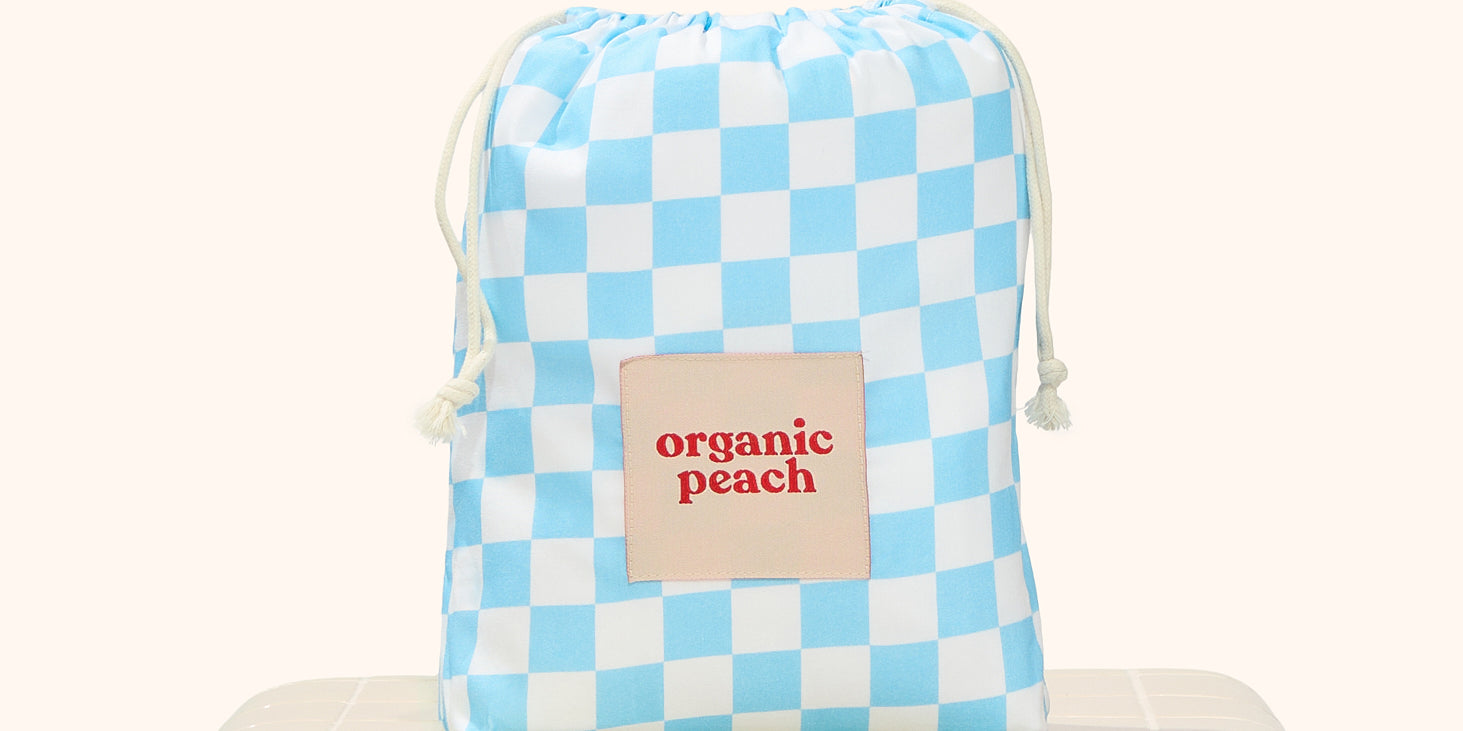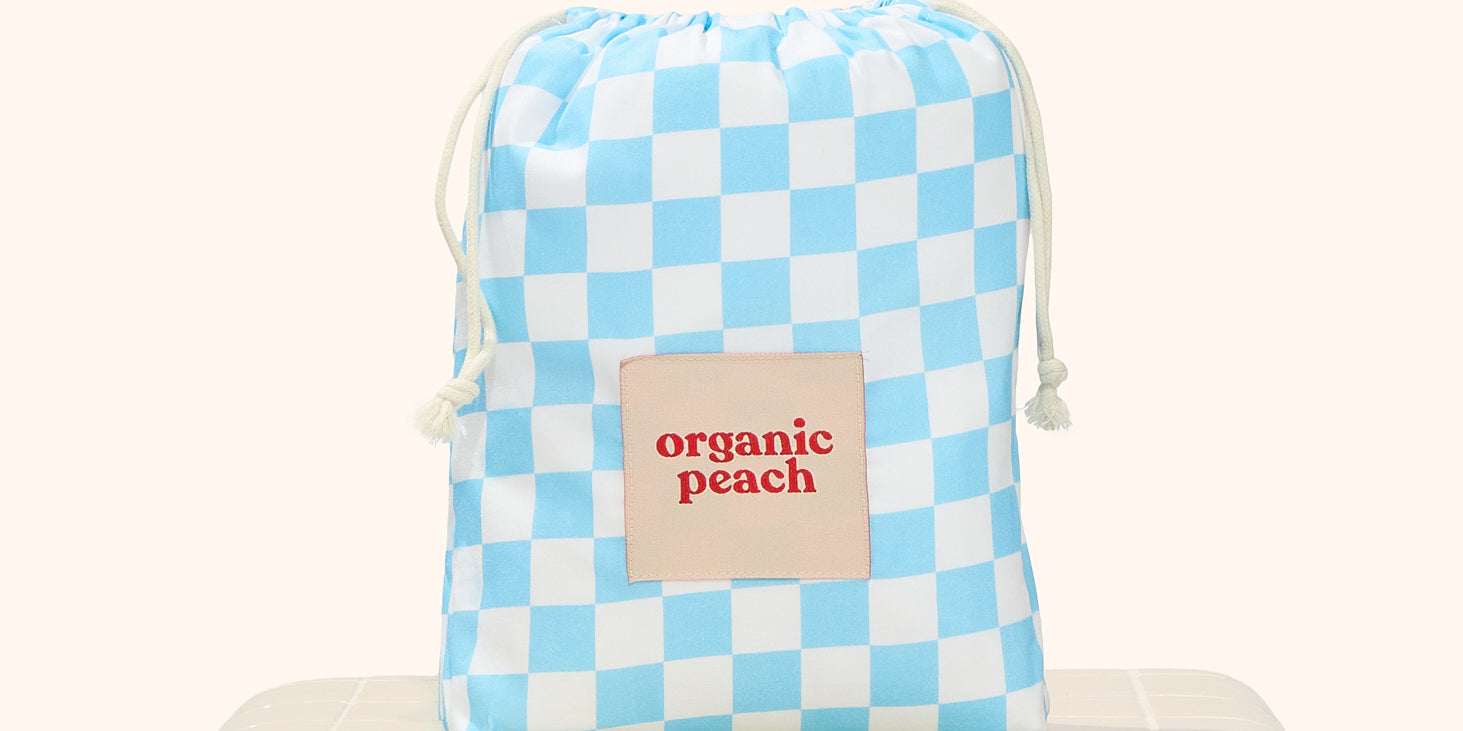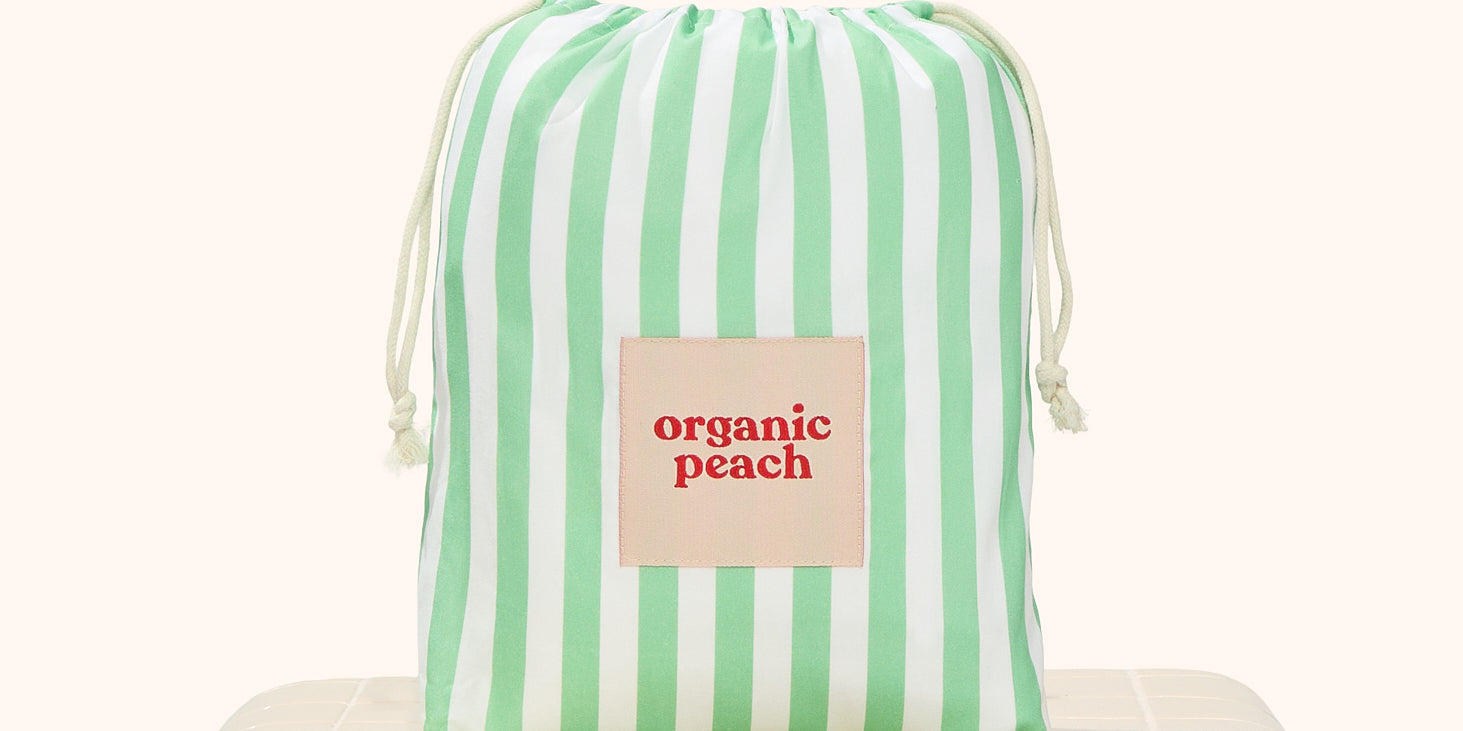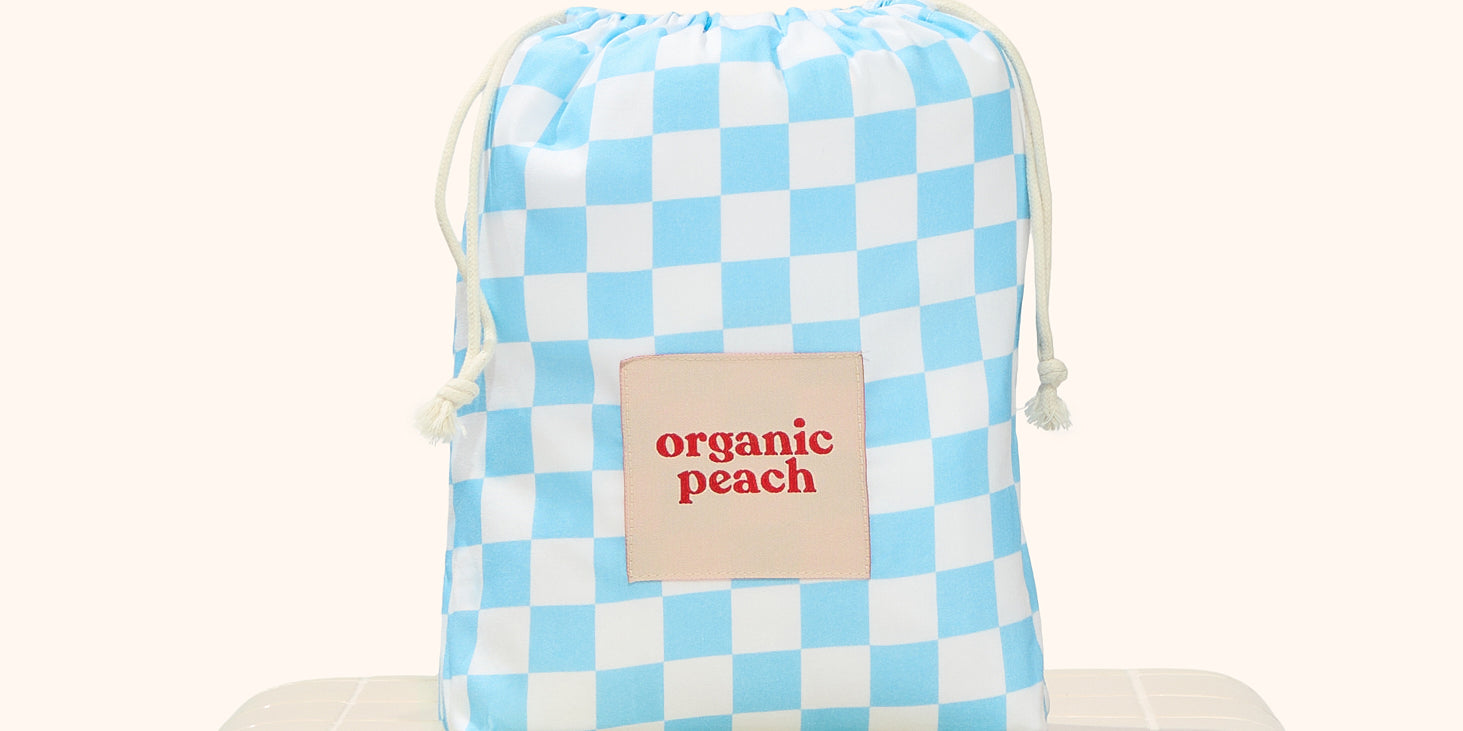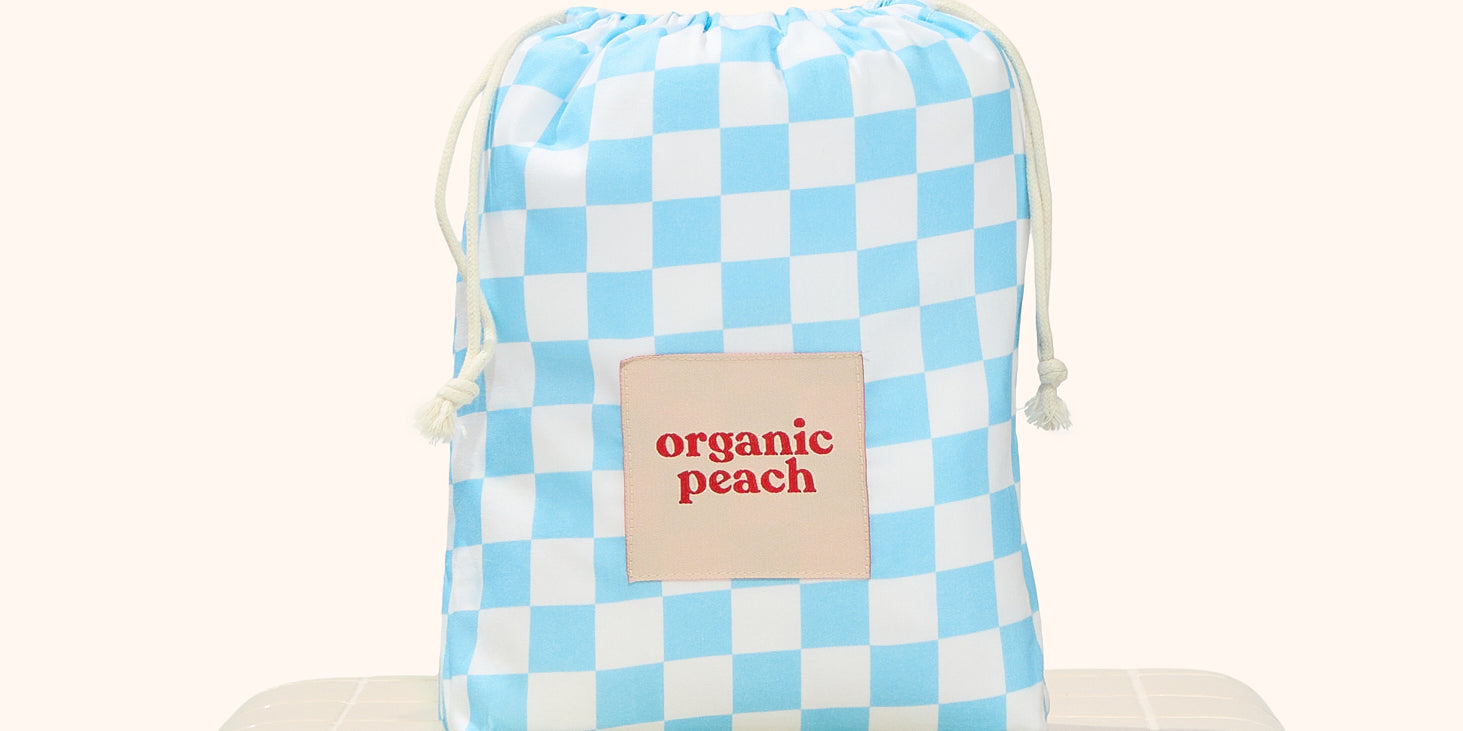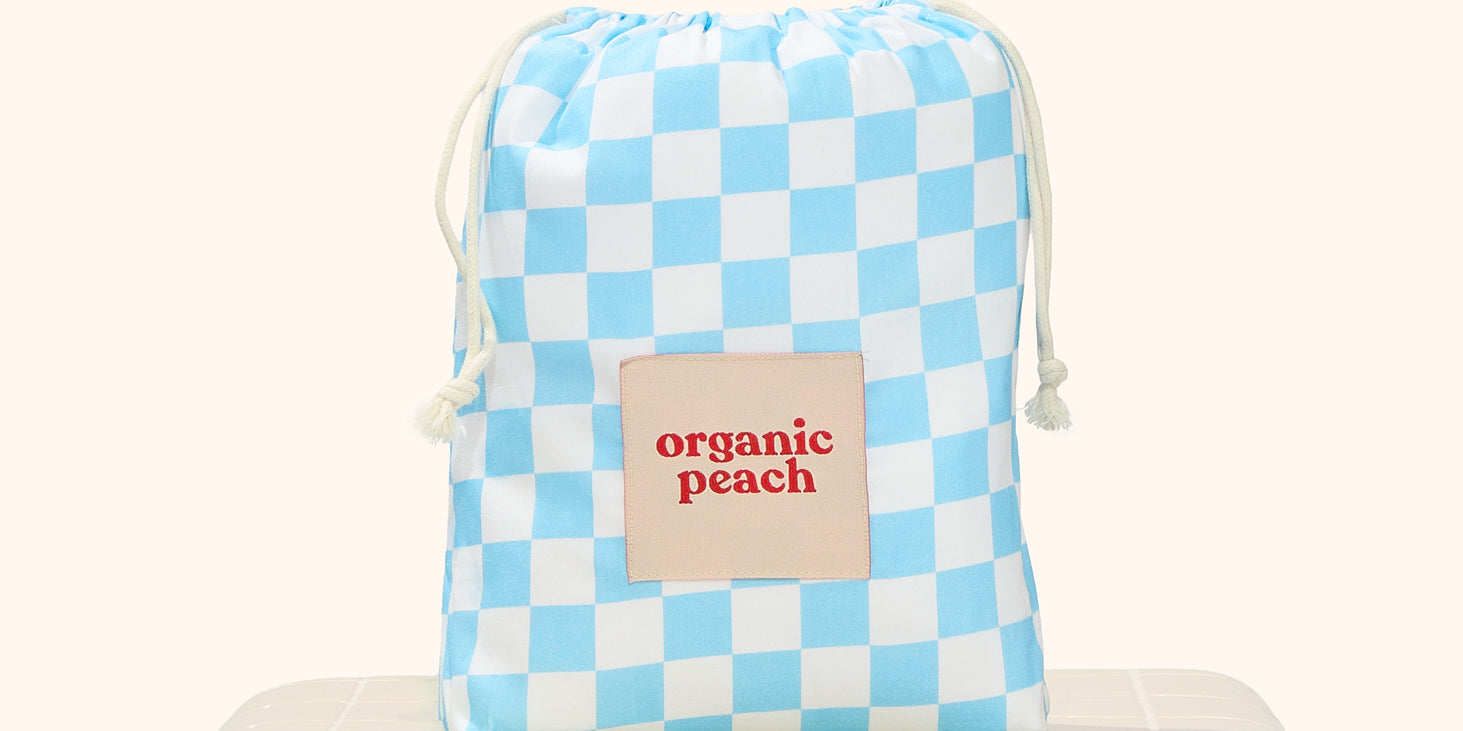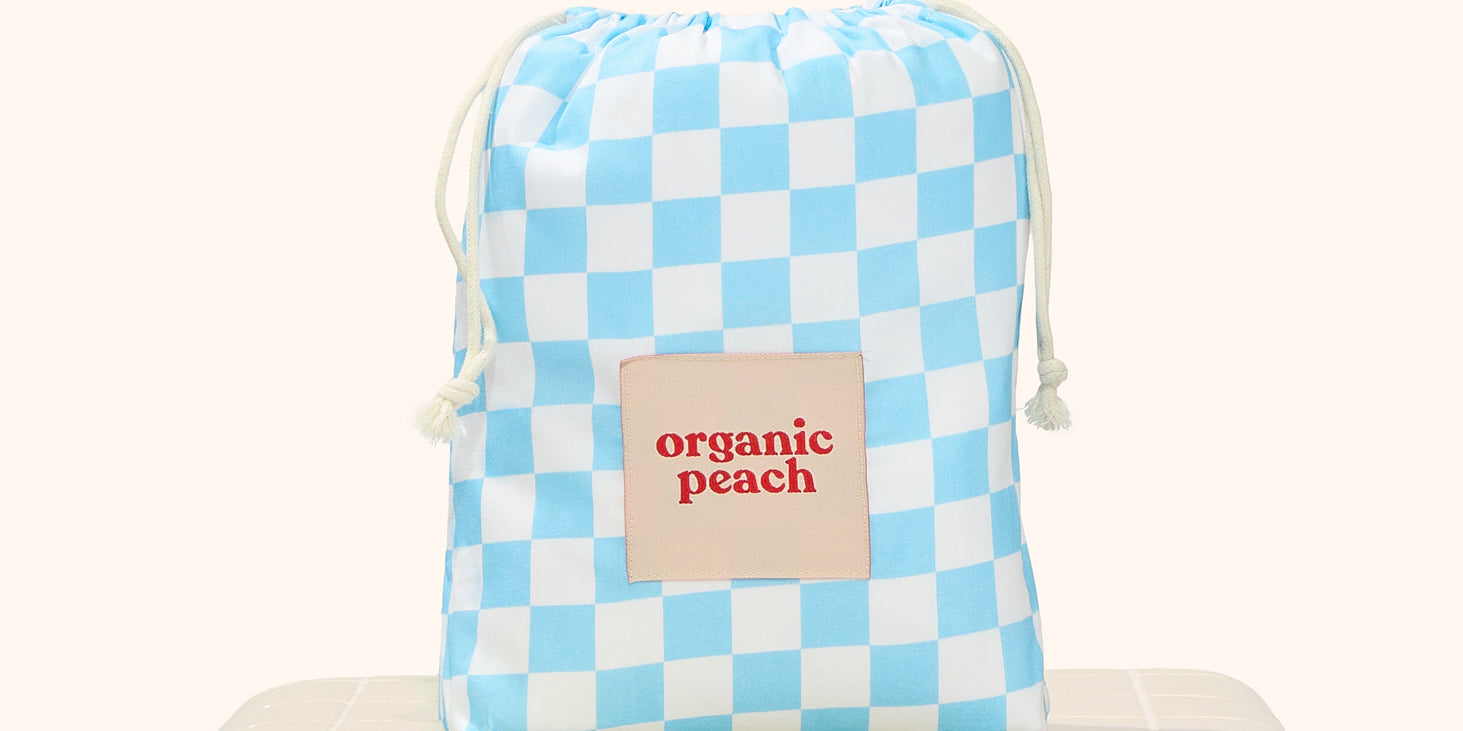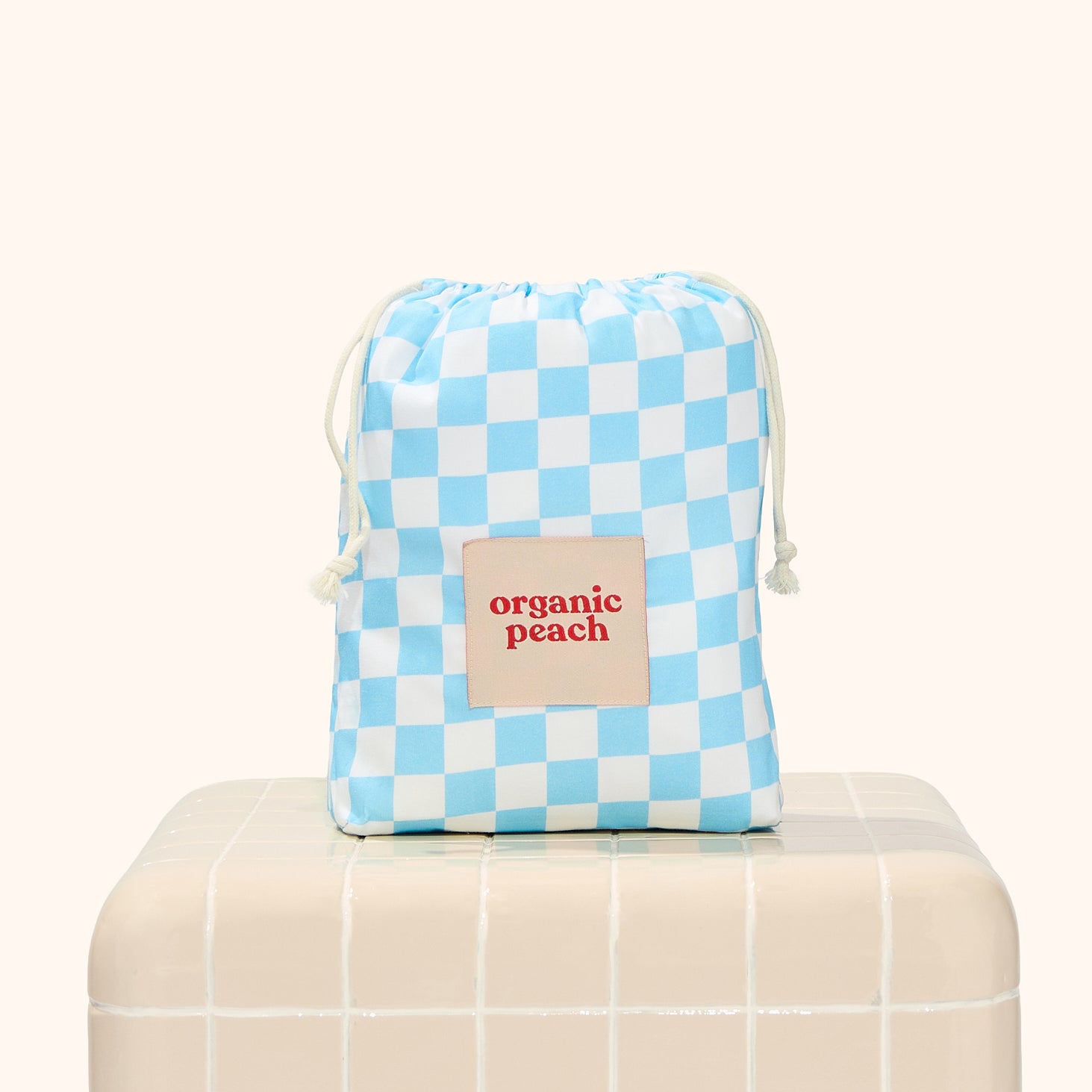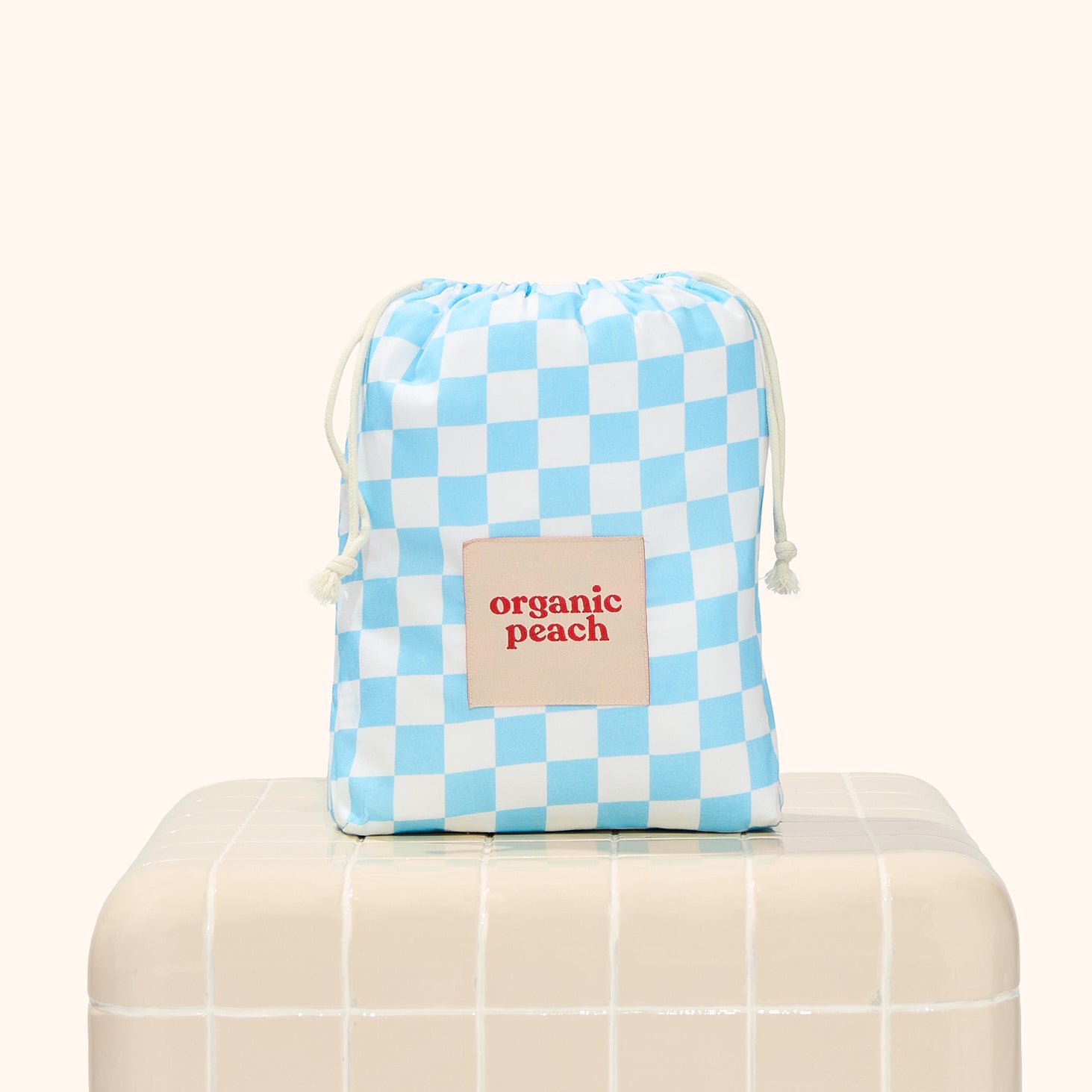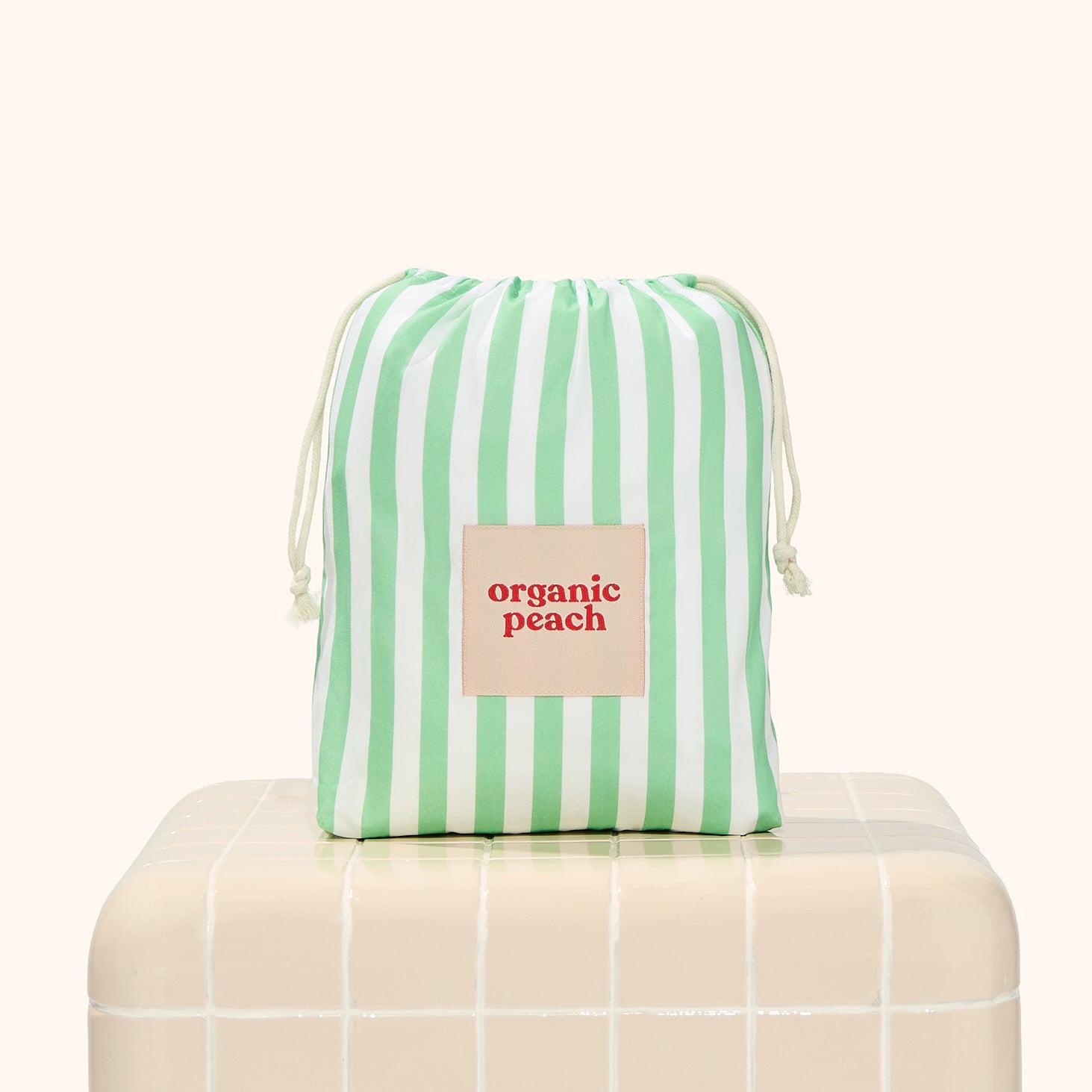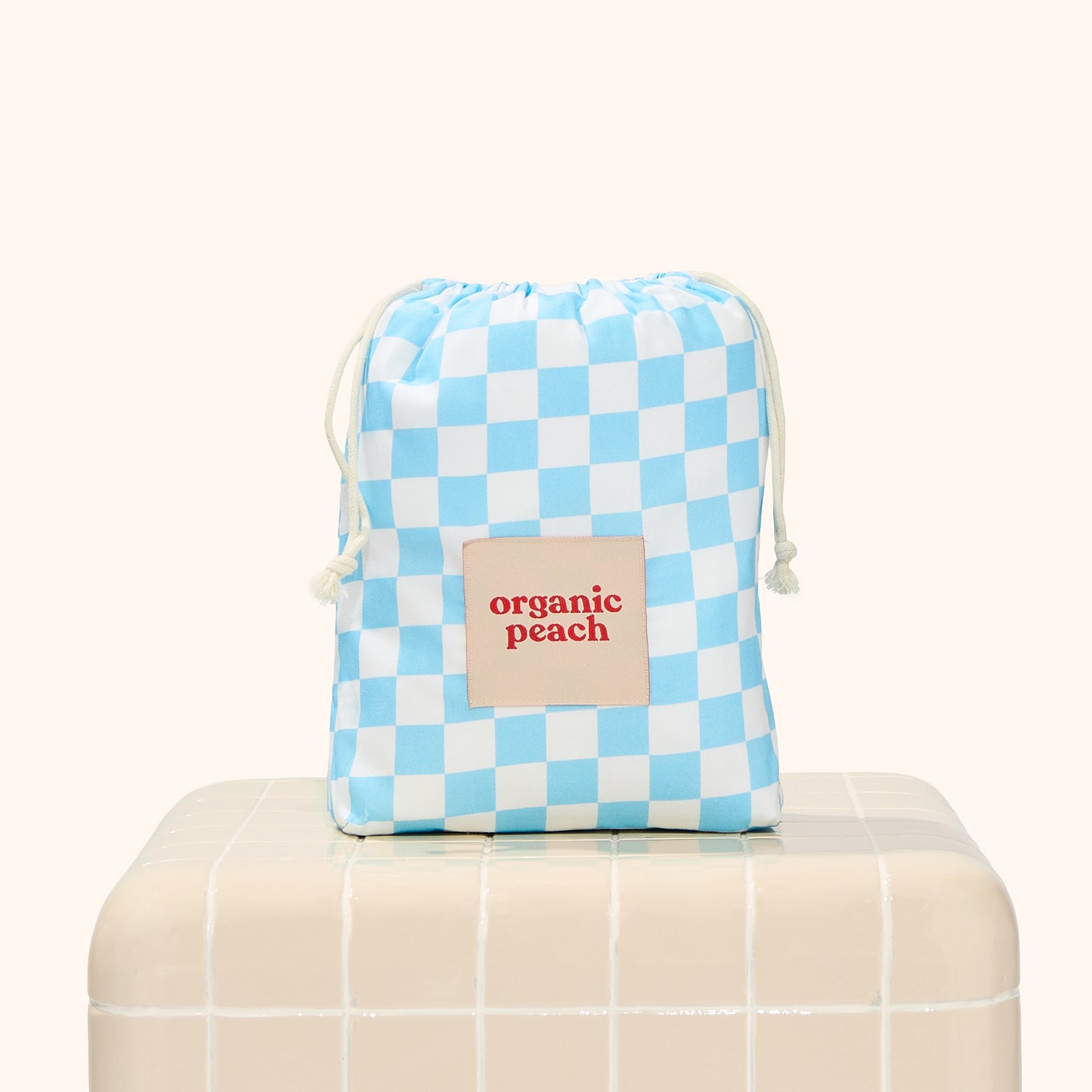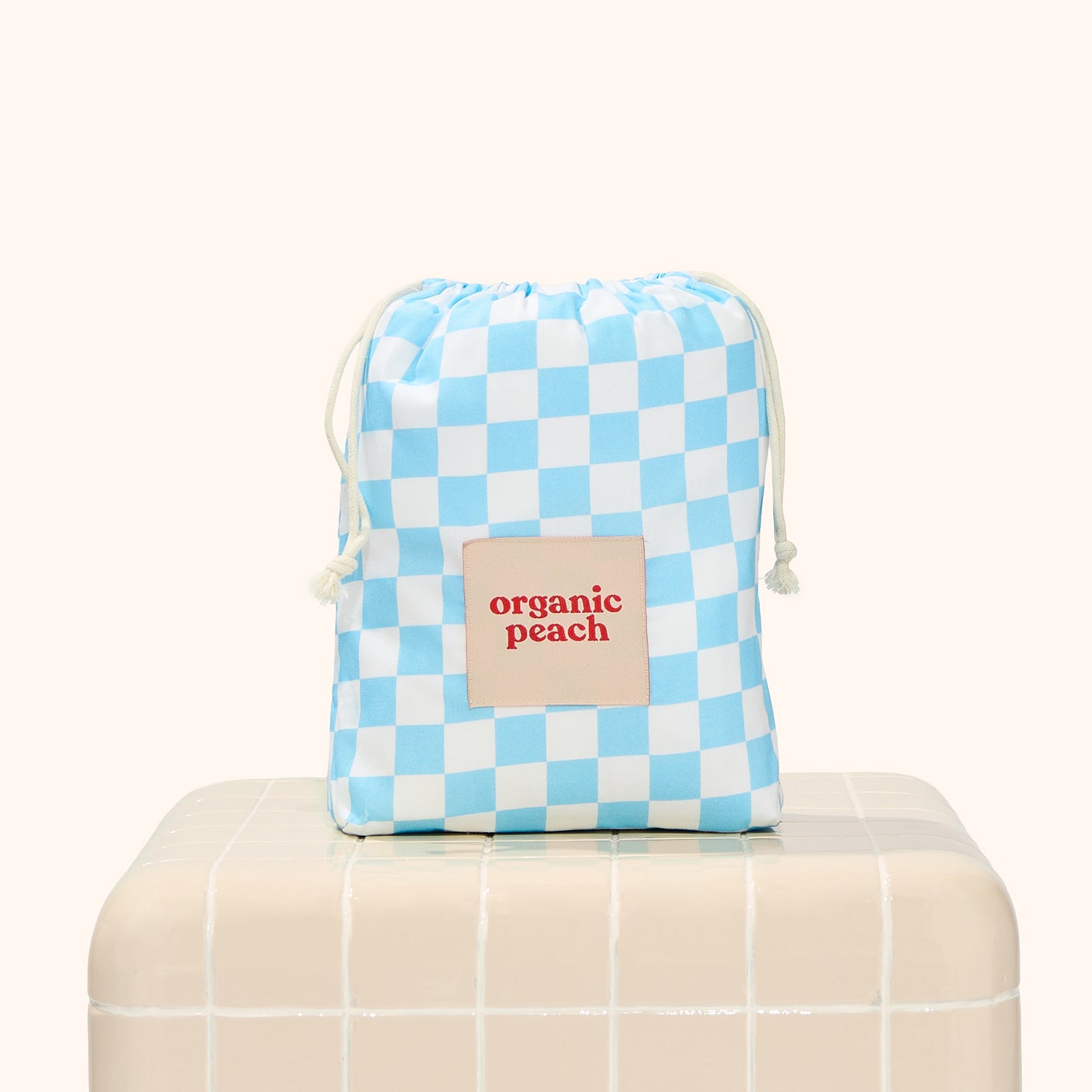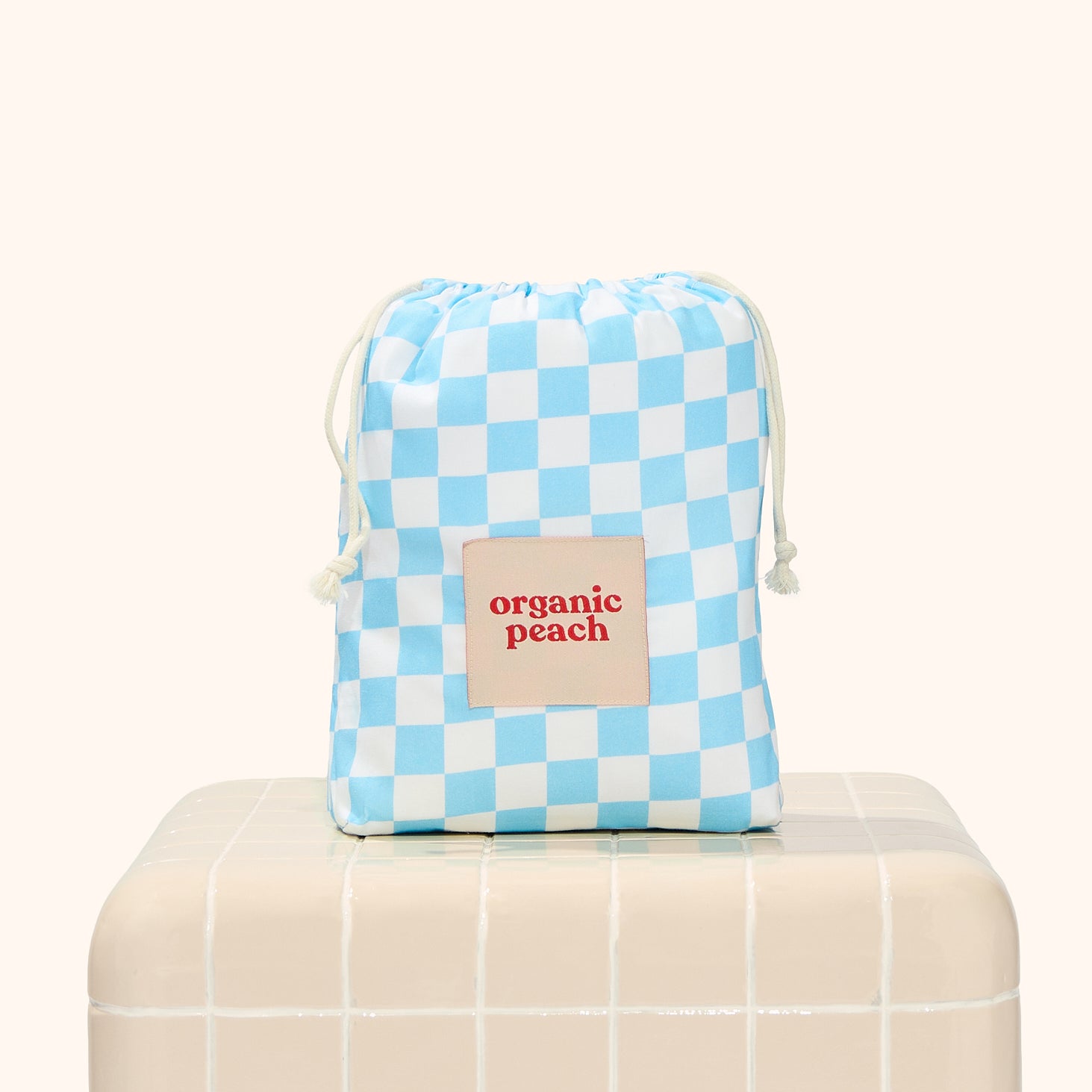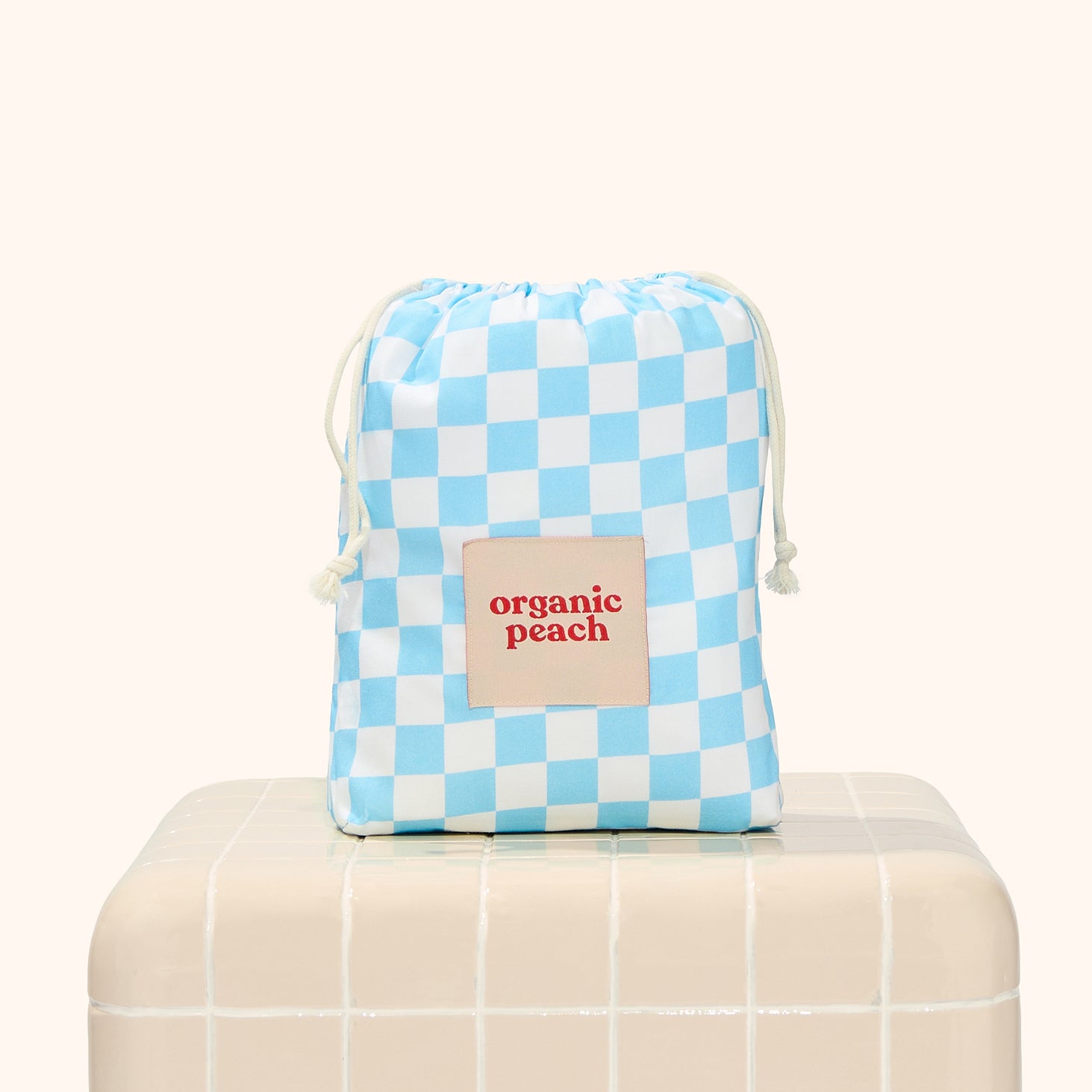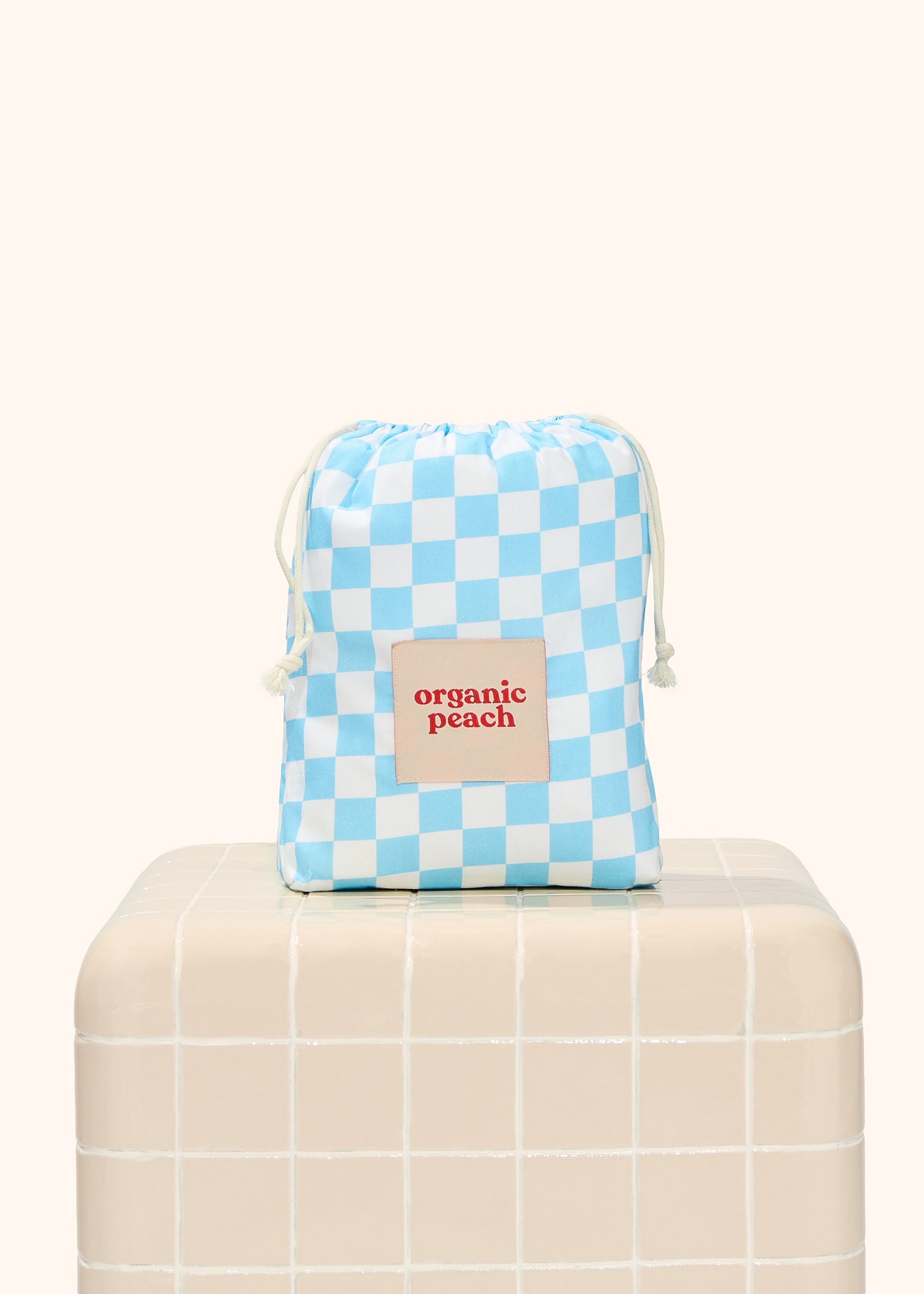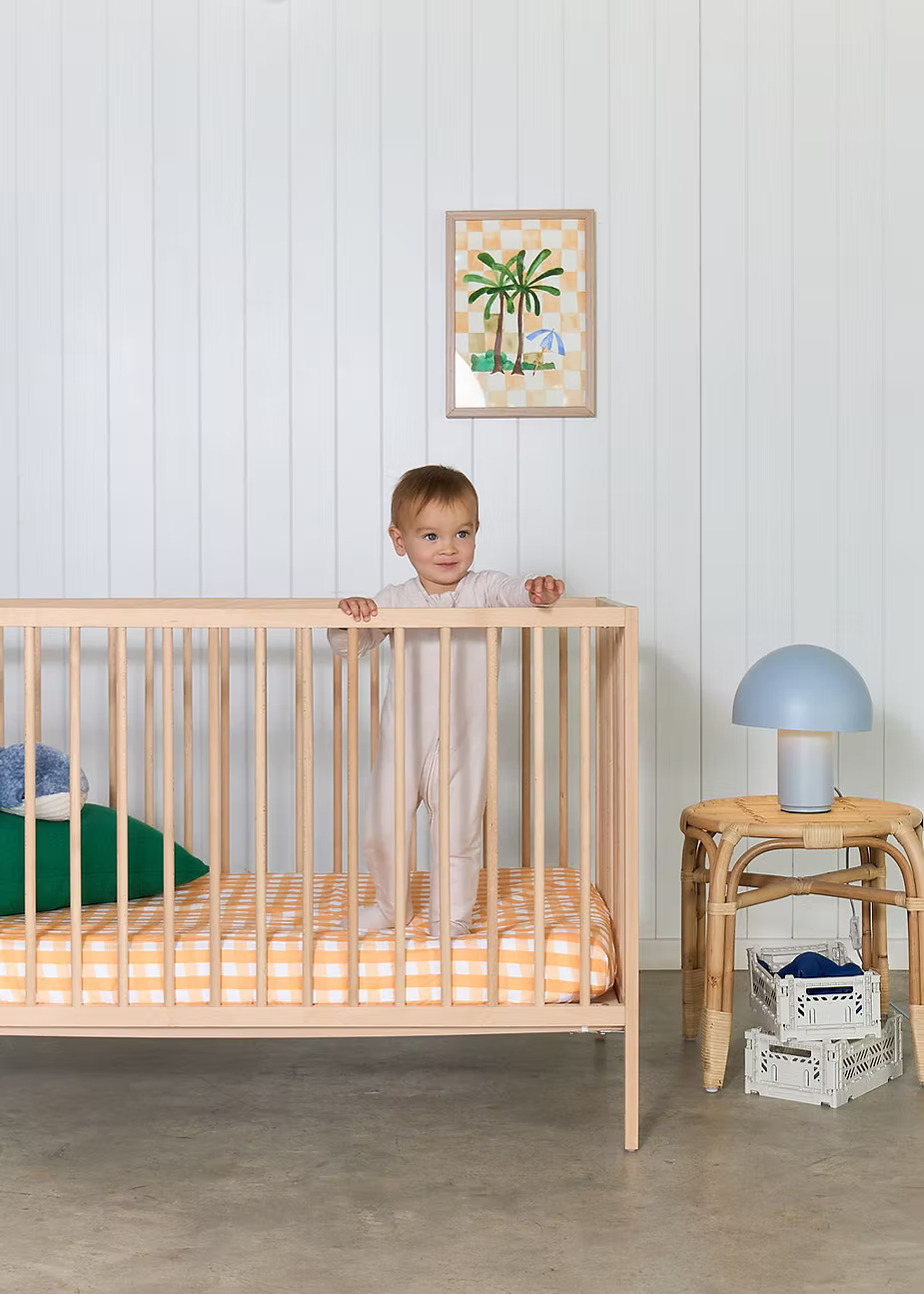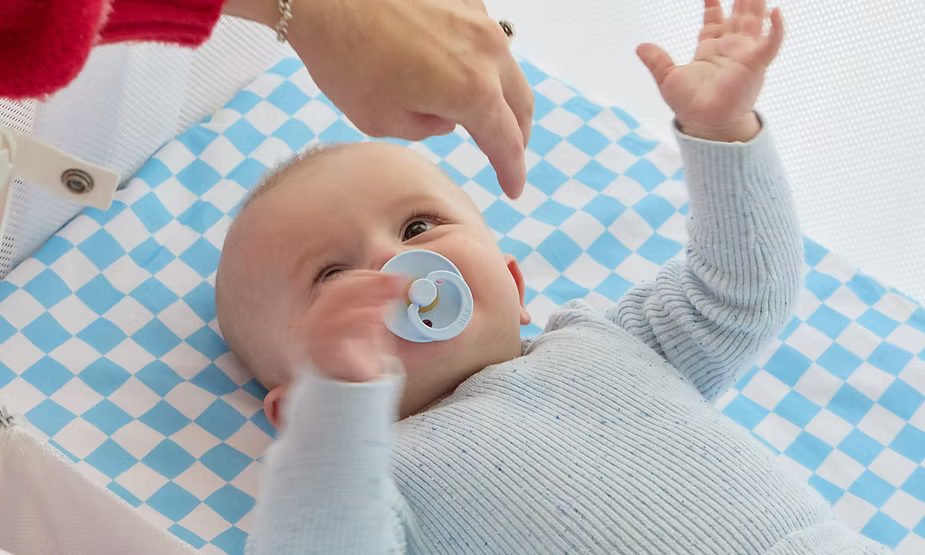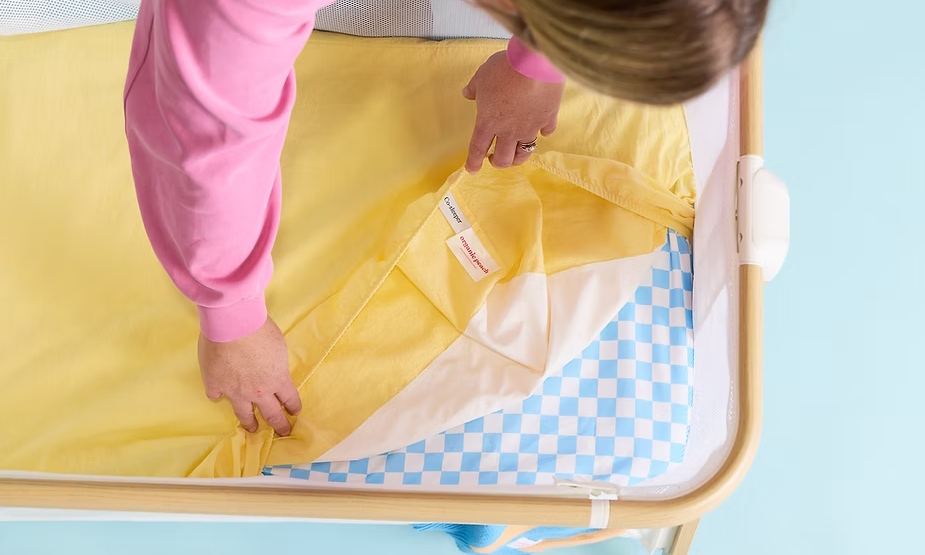Waterproof Fitted Sheets: Introduction and Benefits
Waterproof fitted sheets are a game-changer for parents, offering many advantages that make them an essential addition to any child's bedding. One of the primary benefits is their ability to protect against spills and accidents, which are inevitable when raising little ones. Whether it's a drink spilt during bedtime stories or a nighttime accident, these sheets act as a barrier, keeping mattresses safe and dry.
Statistics show that over 20% of children experience bedwetting, making waterproof fitted sheets a practical solution for many families. Testimonials from parents highlight how these sheets contribute to better sleep hygiene, ensuring a healthier sleeping environment for children. With easy cleaning and maintenance, waterproof fitted sheets are truly a parent's best friend.

What are Waterproof Fitted Sheets?
Waterproof fitted sheets are specially designed bedding that protects mattresses from moisture, spills, and accidents. Unlike regular fitted sheets, these sheets feature a waterproof layer that prevents liquids from penetrating the mattress, ensuring it remains clean and dry. This is particularly important for children's beds, where frequent accidents happen.
The materials used in waterproof fitted sheets are crucial for their effectiveness. Breathable fabrics like cotton or bamboo are often combined with waterproof membranes to ensure comfort while still providing protection. This combination allows for a soft feel against the skin while keeping the mattresses moisture-free. These materials keep the child comfortable and help regulate temperature, making for a more restful sleep.
Key Features of Waterproof Fitted Sheets
- Durability: Made from high-quality materials that withstand frequent washing.
- Comfort: Soft fabrics that feel gentle against the skin.
- Waterproofing Technology: Utilizes laminate or coating methods to prevent liquid penetration.
- Easy Care: Machine washable and quick-drying for convenience.
- Fit: Available in various sizes, including deep pocket options for different mattress types.
- Hypoallergenic Properties: Many options are designed to be resistant to allergens.
Convenience and Practicality for Parents
Waterproof fitted sheets simplify the cleaning process significantly. Parents can avoid the hassle of scrubbing mattresses or dealing with lasting stains by preventing spills and bedwetting from soaking through. This convenience is especially beneficial during those late-night emergencies when quick action is needed.
Waterproof fitted sheets serve a dual purpose, acting as sheets and mattress protectors. This functionality is particularly beneficial during potty training or when dealing with spills from drinks or snacks. Parents can rest easy knowing that their mattresses are protected while providing their children a comfortable sleeping surface.
Time-Saving Benefits for Busy Parents
Using waterproof fitted sheets can significantly reduce laundry time. Parents can wash the sheets less frequently by preventing spills and stains from penetrating the mattress. This is especially helpful for busy families juggling multiple responsibilities.
Changing waterproof fitted sheets is also a breeze. They can be quickly removed and replaced during bedtime or nap time, allowing for a smooth transition and minimal disruption to the child's routine.
Enhanced Comfort and Sleep Quality
Waterproof fitted sheets contribute to a more comfortable sleep environment by providing a soft and smooth surface that is gentle on the skin. This is particularly important for children, who may be more sensitive to rough fabrics. A comfortable sleeping surface can lead to better sleep quality and overall well-being.
Additionally, these sheets help maintain an ideal body temperature during sleep. By preventing overheating, they enhance overall sleep quality, allowing children to rest peacefully throughout the night.
Breathability and Softness
Breathability is a crucial factor in waterproof fitted sheets. Materials like cotton blends or bamboo are often used to enhance airflow, helping to regulate body temperature and prevent overheating during sleep. The softness of these materials contributes significantly to overall sleep comfort.
Protection Against Allergens
Waterproof fitted sheets protect against common allergens such as dust mites, pollen, and pet dander. This protective layer can help create a healthier sleeping environment for children, particularly those with allergies or sensitivities.
Durability, Affordability, and Care
While the initial investment for waterproof fitted sheets may be higher than traditional sheets, the long-term savings are significant. By protecting mattresses from spills and accidents, these sheets can extend the lifespan of mattresses, reducing the need for frequent replacements.
The materials used in waterproof sheets contribute to their durability over time. High-quality fabrics and waterproof membranes are designed to withstand frequent washing and wear, ensuring that they remain effective for years.
Using waterproof fitted sheets can minimise the frequency of laundry by preventing spills and stains from soaking through to the mattress. It's recommended to wash waterproof fitted sheets regularly, with a suggested schedule based on the child's age and level of nocturnal accidents.
How to Properly Care for Waterproof Fitted Sheets
To maintain the quality of waterproof fitted sheets, machine wash them as per the care instructions. Avoid using bleach or fabric softeners, as these can break down the waterproofing layer; instead, opt for a mild detergent. Tumble dry on a low heat setting or line dry to maintain elasticity and waterproof qualities.
Waterproof Cot Sheets: Preventing Mould and Mildew
Introduction to Waterproof Cot Sheets
Waterproof cot sheets are specially designed bedding products that protect cot mattresses from spills, leaks, and other messes. They typically feature a waterproof underlayer made from materials like **bamboo TPU**, which is effective at repelling liquids while maintaining breathability. The upper layer is often made from 100% organic cotton, giving your baby a soft and comfortable surface.
The importance of waterproofing in cot sheets cannot be overstated. If not appropriately managed, babies are prone to spills and nappy leaks, quickly leading to unsanitary conditions. Waterproof cot sheets are a barrier, preventing moisture from penetrating the mattress and reducing the risk of **mould and mildew growth**.
Why Mould and Mildew Are a Concern
Mould and mildew pose significant health risks, especially for infants and young children. Exposure to these fungi can lead to **respiratory problems, allergies, and skin irritations**. Babies have developing immune systems, making them more susceptible to the harmful effects of mould spores in their environment.
Beyond health concerns, mould and mildew can also damage household materials, leading to costly repairs and creating an unsanitary living space. Keeping your baby's sleeping area clean and dry is essential for their health and well-being.
Understanding Mould and Mildew Growth
Mould and mildew are types of fungi that thrive in damp environments. **Mould** is typically fuzzy and can appear in various colours, while **mildew** is usually powdery and white or grey. Both require specific growing conditions, including high humidity, warmth, and organic materials to feed on.
It is crucial to control humidity levels in your home to prevent mould and mildew growth. Keeping the nursery well-ventilated and dry can significantly reduce the chances of these fungi taking hold.
The Impact of Spit-Up and Moisture on Cot Mattresses
**Spit-up** is a common occurrence for infants, and it can easily penetrate traditional cot mattresses, leading to potential mould and mildew growth. If not cleaned promptly, moisture can seep into the mattress, creating an environment conducive to fungal growth.
It is essential to clean and dry any moisture build-up on mattresses immediately. Regular maintenance can prevent long-term damage and ensure a safe sleeping environment for your baby.
Health Risks Associated with Mould and Mildew
Exposure to mould and mildew can lead to various health issues, including respiratory problems, allergies, and skin irritations. According to research, children exposed to mould are at a higher risk of developing **asthma** and other respiratory conditions.
Statistics show that approximately 21% of children in the UK have been diagnosed with asthma, and mould exposure is a significant contributing factor. Keeping your baby's sleeping area free from mould is crucial for their health.
How Waterproof Cot Sheets Work

Waterproof cot sheets are made from vinyl, polyurethane, or other waterproof membranes that prevent liquid penetration. These materials are designed to repel water while allowing for **breathability**, ensuring comfort for your baby.
The technology behind waterproofing involves creating a barrier that keeps moisture out while allowing air to circulate. This balance is essential for maintaining a comfortable sleeping environment for your child.
Material Properties That Prevent Moisture Absorption
Common materials used in waterproof cot sheets include **polyester, polyurethane, and vinyl**. Each of these materials has unique moisture-resistant properties that make them effective at preventing liquid absorption.
For example, polyurethane is often treated to enhance its moisture-repellent characteristics, ensuring that it remains effective even after multiple washes. Many of these materials also meet industry standards for safety and durability.
The Role of Waterproofing in Keeping Cots Clean
Waterproof cot sheets act as a barrier against spills, drool, and other messes, protecting the mattress underneath. This protective layer is essential for maintaining a clean and hygienic sleeping environment for your baby.
Choosing high-quality waterproof materials that are easy to clean and maintain is crucial. This reduces the risk of mould and mildew growth, ensuring your baby's cot remains a safe space.
Choosing the Right Waterproof Cot Sheet
When selecting a waterproof cot sheet, look for breathable materials that effectively repel moisture. The quality of the waterproof layer is essential; it should be made from high-quality materials like polyester or polyurethane to guarantee durability and prevent leakage.
Ensure the sheet fits snugly on your cot to avoid shifting and potential exposure to moisture. Reading reviews and ratings can help gauge the experiences of other parents regarding the sheet's effectiveness in preventing mould and mildew.
Factors to Consider When Selecting a Cot Sheet
Evaluate the material of the cot sheet; opt for waterproof fabrics that are breathable to prevent moisture buildup. Checking the size of the sheet is also important to ensure it fits your cot snugly, preventing any loose areas where moisture could accumulate.
Consider the ease of washing and drying; select sheets that are machine washable and quick-drying to maintain hygiene. **Hypoallergenic** options are also worth considering, especially if your child has sensitive skin.
Material Types: Pros and Cons
Common materials used for waterproof cot sheets include:
- Polyester: Durable and easy to clean but may lack breathability.
- PVC: Highly waterproof but can be less comfortable and breathable.
- Cotton with waterproof coating: Soft and breathable, but the coating may wear off over time.
Size and Fit Considerations
Measure the dimensions of your cot mattress accurately to ensure a proper fit for the waterproof sheet. Choosing sheets with **elastic edges** can help achieve a snug fit, preventing any bunching or slipping during use.
Caring for Your Waterproof Cot Sheet
Regularly check your waterproof cot sheet for any signs of wear or damage, such as tears or punctures, to ensure continued protection against moisture. Washing the cot sheet according to the manufacturer's instructions is crucial for maintaining its effectiveness.
Avoid using **bleach or fabric softeners** on the waterproof cot sheet, as these can degrade the layer. Air drying your cot sheet when possible can help preserve its integrity.
Washing and Maintenance Tips
Wash waterproof cot sheets in cold or warm water using a mild detergent to prevent any damage to the waterproof layer. Avoid using bleach or fabric softeners; use a **vinegar rinse** to help with odours.
Dry the sheets on a low heat setting or air dry to maintain the integrity of the waterproof barrier. Regularly check for signs of wear and tear to ensure the waterproof functionality remains intact.
Signs of Wear and When to Replace
Inspect the cot sheets regularly for visible signs of wear, such as fraying edges, discolouration, or thinning material. **Persistent stains or odours** not responding to cleaning may indicate it's time to replace the sheets.
Conclusion: Ensuring a Safe Sleep Environment
Using waterproof cot sheets is essential for preventing mould and mildew, helping to maintain a hygienic sleep space for your baby. Regular washing of sheets, using breathable materials, and keeping the nursery well-ventilated are practical tips for parents.
Encouraging Healthy Sleep Habits for Babies
Establishing a consistent bedtime routine with calming activities can signal your baby that it's time to wind down. Creating a sleep-friendly environment with dark, quiet, and cool conditions will contribute to a clean sleep space.
Understanding Bedwetting in Kids
Bedwetting, clinically known as **nocturnal enuresis**, is the involuntary release of urine during sleep. It is a common issue among children, with statistics indicating that approximately 15% of five-year-olds and 5% of ten-year-olds experience bed wetting. Understanding the developmental milestones related to bladder control is crucial, as most children achieve nighttime dryness by age 5, with some not fully achieving this until age 7 or 8.
Common misconceptions surrounding bed wetting include beliefs that it is a sign of laziness or psychological issues. The emotional and social impacts can be significant, affecting a child's self-esteem and social interactions.
What is Nocturnal Enuresis?
Bedwetting, or nocturnal enuresis, refers to the involuntary release of urine during sleep. While it is often perceived as a behavioural issue, it is essential to recognise that it can be a complex interplay of physiological and psychological factors. Common perceptions surrounding bed wetting often lead to stigma, with some believing children are not trying hard enough, which can exacerbate feelings of shame and embarrassment.
Types of Bed Wetting
Bedwetting is classified into two main types: **primary** and **secondary**. Primary bedwetting occurs in children who have never achieved consistent nighttime dryness. Secondary bed wetting occurs after a child has been dry for a significant period, often indicating underlying issues or stress.
Primary vs. Secondary Bed Wetting
Primary bed wetting refers to children who have never gained complete control over their bladder during sleep. This type is often linked to genetic factors and developmental delays in bladder control.
Secondary bed wetting occurs after a child has achieved bladder control for typically six months or more. This type may indicate underlying issues such as stress, anxiety, or medical conditions, and it is essential to investigate the cause to provide appropriate support.
Common Causes of Bed Wetting
Several physiological factors contribute to bed wetting, including bladder capacity, sleep patterns, and hormone levels. Children may have smaller bladders or produce more urine at night. Deep sleep can also prevent them from waking up when needing to urinate. Psychological reasons, such as stress or anxiety, can also trigger bed wetting.
Physiological and Medical Conditions
Common medical conditions contributing to bed wetting include urinary tract infections, diabetes, and bladder abnormalities. These conditions can affect a child's ability to control their bladder. Neurological disorders or sleep disorders, such as obstructive sleep apnea, can also impact a child's ability to recognise the need to urinate during sleep.
Obstructive Sleep Apnea and its Connection
**Obstructive sleep apnea (OSA)** is a condition that affects breathing during sleep. Research indicates that up to 50% of children with bedwetting may have concurrent obstructive sleep apnea, making it one of the most common underlying causes of enuresis. The disrupted sleep patterns associated with OSA can interfere with a child's ability to wake up when they need to urinate.
The Role of Urine Production and Bladder Control
The physiological process of urine production involves the kidneys filtering blood to create urine stored in the bladder. As children develop, they typically achieve bladder control by age 5, although some may take longer due to various factors, including genetics and environmental influences.
Psychological Factors in Bed Wetting
Anxiety and stress can significantly affect a child's ability to control their bladder. Changes in family dynamics, school pressures, or social anxieties can trigger bed-wetting episodes. Children may feel embarrassed or ashamed, which can further exacerbate the issue.
Emotional and Psychological Stressors
Major life changes, such as moving to a new home or starting a new school, can impact a child's emotional health and contribute to bed wetting. Common psychological stressors, including anxiety, bullying, or parental pressure, can lead to regression in bladder control.
Bedwetting Regression in Children
Bedwetting regression, also known as **secondary nocturnal enuresis**, refers to a sudden onset of bed wetting after a period of dryness. This can be triggered by stress, changes in routine, or family dynamics. Parents can communicate openly with their child to manage regression and consider consulting a healthcare professional if necessary.
Statistics on Bed Wetting in Adolescents
Current statistics indicate that bed wetting affects approximately 1-2% of adolescents, with boys being more likely to experience it than girls. Studies show that for children who reach high school and are still bed-wetting, the issue can seriously affect their lives.
Impact of Bed Wetting on Adolescents
The psychological effects of bedwetting on adolescents can include feelings of embarrassment, shame, and anxiety. These feelings can lead to social implications, such as difficulties in forming relationships with peers and potential isolation from social activities.
Academic challenges may also arise, as adolescents may struggle with concentration or fear of sleeping away from home due to their bed wetting.
Social and Emotional Effects
Bedwetting can significantly impact a child's social interactions, leading to feelings of embarrassment or isolation when engaging with peers. The emotional repercussions can include anxiety, low self-esteem, and strained family dynamics. It is essential for parents to provide support and understanding.
Importance of Addressing Bed Wetting
The psychological impact of bedwetting on children is profound, affecting their self-esteem and social interactions. Early intervention is crucial, as it can prevent further issues in adolescence, including anxiety and embarrassment.
Solutions and Treatment Options
Behavioural therapies can effectively manage bed wetting, including **bladder training**, **moisture alarms**, and **reward systems**. Establishing a consistent bedtime routine can also help children feel more secure and reduce anxiety around bedtime.
Behavioural Strategies
Establishing a Consistent Bedtime Routine
Creating a calming pre-bedtime environment is essential. Dimming lights and reducing noise can signal to the child that it is time to wind down. Bathing, reading a story, and having quiet time can help prepare the child for sleep.
Use of Bedwetting Alarms
Bedwetting alarms detect moisture and trigger an alarm to wake the child. Consistency is key; setting the alarm at the same time each night can enhance its effectiveness.
Incorporating Reward Systems
Establishing clear and achievable goals related to bed wetting can motivate children. A visual reward chart can help track progress, with stickers or marks for each successful night. Appropriate rewards for milestones can include small toys or special outings, emphasising effort rather than perfection.
Medical Treatments
Consulting Healthcare Professionals
When addressing bedwetting concerns, consulting a healthcare professional such as a paediatrician or pediatric urologist is advisable. Parents should prepare a list of specific symptoms, family history, and previous attempts at solutions to discuss during the consultation.
Medications that Might Help
FDA-approved medications for treating bedwetting include **desmopressin** and **imipramine**. Desmopressin works by reducing urine production at night, while imipramine is a tricyclic antidepressant that can help with bladder control.
Conclusion
Why Waterproof Fitted Sheets Are Essential for Parents
In summary, waterproof fitted sheets offer numerous benefits that make them essential for parents. They provide peace of mind by protecting mattresses from spills and accidents, ensuring a clean and hygienic sleeping environment for children. Specific scenarios, such as potty training or dealing with nighttime accidents, showcase how these sheets can save time and effort, making them a valuable addition to any child's bedding.
Resources for Parents and Caregivers
Local paediatricians or psychologists specialising in childhood bladder issues can provide valuable support. Books and online courses offering strategies for managing bedwetting can empower parents with practical techniques. Additionally, forums or support groups allow parents to share experiences and seek advice from others facing similar challenges. Mobile applications for tracking and managing bedwetting can also be beneficial, providing features that assist parents and caregivers.
